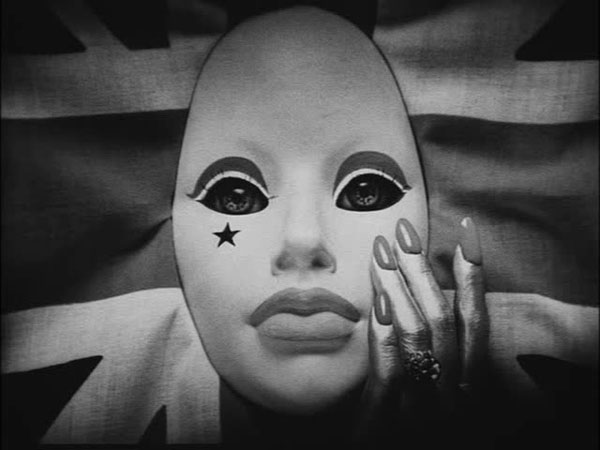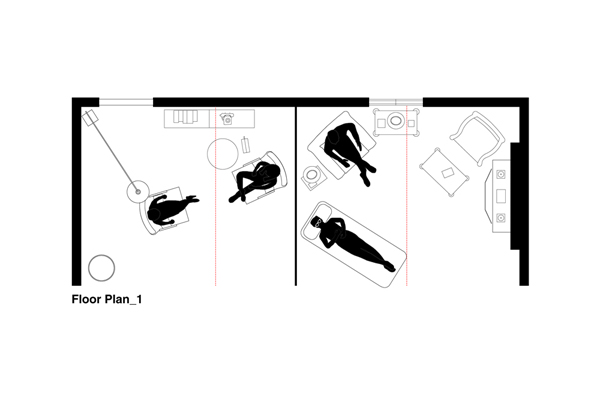We need to take a quick break from the year-end scramble of lists and awards to note that a few new issues of fine publications have appeared over the past several days. And we start with Senses of Cinema. Introducing Issue 69, editor Rolando Caputo notes that Frederick Wiseman’s At Berkeley, Sarah Polley’s Stories We Tell, and John Dentino’s For I Know My Weakness “are all documentaries, but given that ‘documentary’ in this day and age has come to mean many different things to many different people, all these three films effectively share is the label… and the fact that all three filmmakers feature in this issue.”
So, too, do Jacques de Villiers (on Harmony Korine), Joseph Natoli (on Captain Phillips), Stephen Barber (on Toshio Matsumoto’s Funeral Parade of Roses and Nagisa Oshima’s Diary of a Shinjuku Thief, both from 1969), Daniel Fairfax (who interviews Albert Serra), Toby Ashraf (on Isa Genzken), J. Ronald Green (on structural filmmakers and animation), Maryann De Julio (on Germaine Dulac), Greg Gerke (on Rossellini), Bruce Perkins (on Rohmer), Tom Ryan (who interviews Jonathan Teplitzky), and William Beard, who writes about “Aesthetic Nationalism in English-Canadian Cinema.” There are also book reviews, festival reports, program notes, and a dossier on contemporary Australian filmmakers.
“Commies and Indians: The Political Western Beyond Cold War Frontiers” is the theme of the fourth issue of Frames Cinema Journal, and it takes its name, as editor Heath Iverson explains, from a symposium that “set out to offer new perspectives on the genre’s historical and geopolitical significance outside its familiar North American and Western European contexts. Including contributions from several of the symposium’s speakers, this issue explores the various iterations of the western in manifestations as diverse as the East German Indianerfilm, the Hungarian ‘goulash western,’ and the westerns of the New Latin American Cinema of the 1960s and 1970s.”
Alphaville‘s sixth issue also takes its cue from a symposium, “Reframing Cinema Histories.” Editors Pierluigi Ercole and Gwenda Young: “The aim of the event was to bring together a select group of scholars working on a range of historical projects and, through presentations of specific case studies and a round table discussion, highlight the variety of methodological approaches that may be adopted by the researcher studying and writing about cinema history.”
“Trash! Exploitation! Cult!” promises the cover of Issue 12, Volume 2 of One+One Filmmakers Journal (PDF). Bradley Tuck: “Where volume one [PDF] focused on Exploitation cinema and the appropriation of its tropes in commercial and art cinema, this volume changes tact, exploring themes of film exhibition and the Carnivalesque.”
The theme of the Fall 2013 Issue of Mediascape: “Urban Centers, Media Centers.” Catherine Grant “would particularly recommend Matthias Stork‘s marvelous (and marvelously illustrated) study of the ‘Aesthetics of Post-Cinematic City Space in Action Films and Video Games’, James Gilmore‘s fascinating essay on The Dark Knight Rises, urban space and the cultural experience of terrorism as mediation, as well as José Gallegos‘s essay on the Tsunami disaster film The Impossible. The issue also boasts unmissable items in the area of game studies.”
In the new December/January issue of the Brooklyn Rail, Jarrett Earnest talks with Roni Horn about, among other things, the image of Isabelle Huppert. Also: Williams Cole asks, “Do documentaries create actual quantifiable change against injustice, hypocrisy, and unfettered abuse of power?” Joshua Sperling talks with Agnieszka Holland about Burning Bush and Valentina Canavesio with Lotfy Nathan about 12 O’Clock Boys, while Sonja Simonyi considers Ulrich Seidl‘s Paradise Trilogy and Leo Goldsmith looks back on Doclisboa 2013.
Last but not least (even if briefest), there’s a new Interiors out. Volume 24 examines the construction of a split-screen scene in Woody Allen’s Annie Hall (1977).
For news and tips throughout the day every day, follow @KeyframeDaily on Twitter and/or the RSS feed. Get Keyframe Daily in your inbox by signing in at fandor.com/daily.





